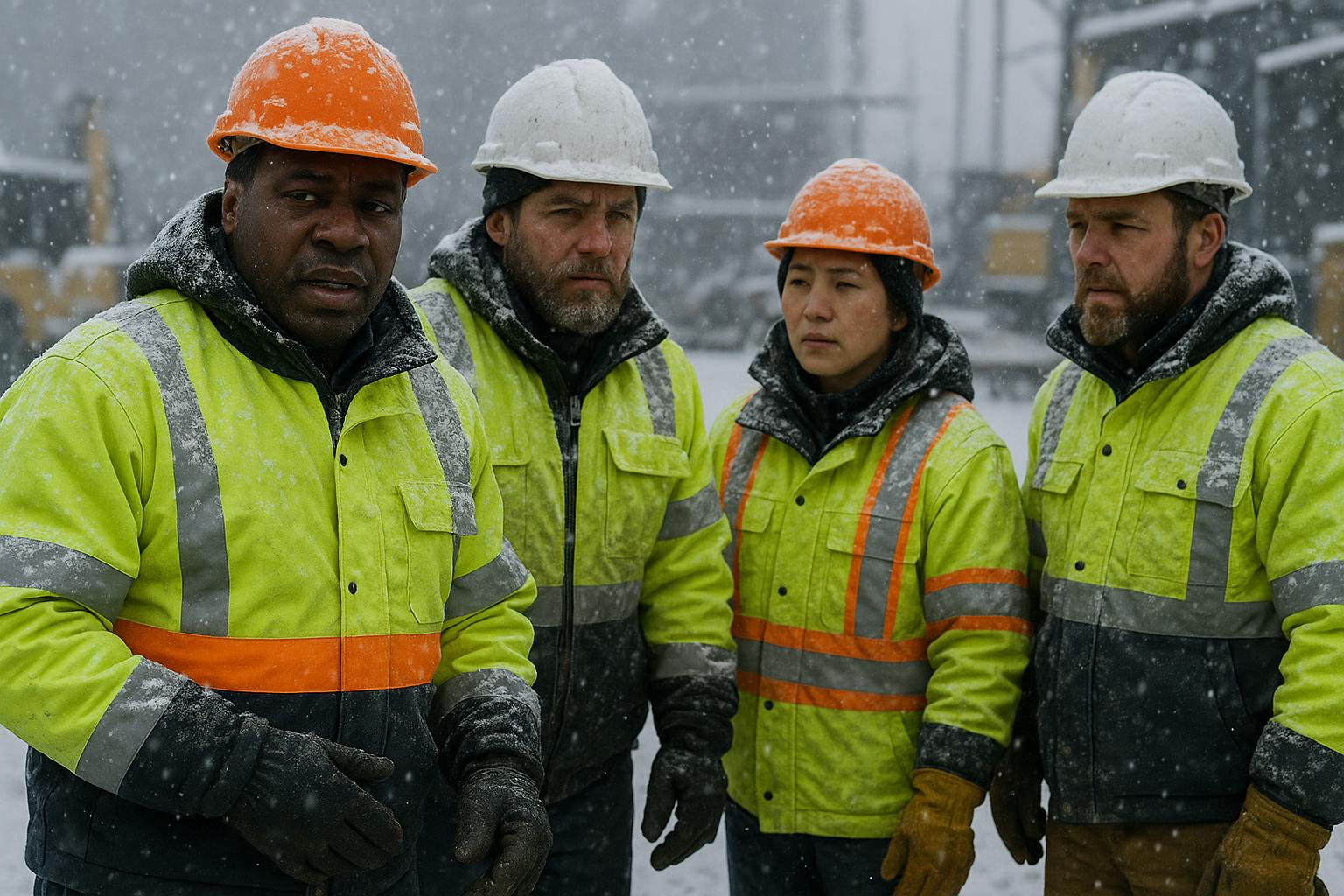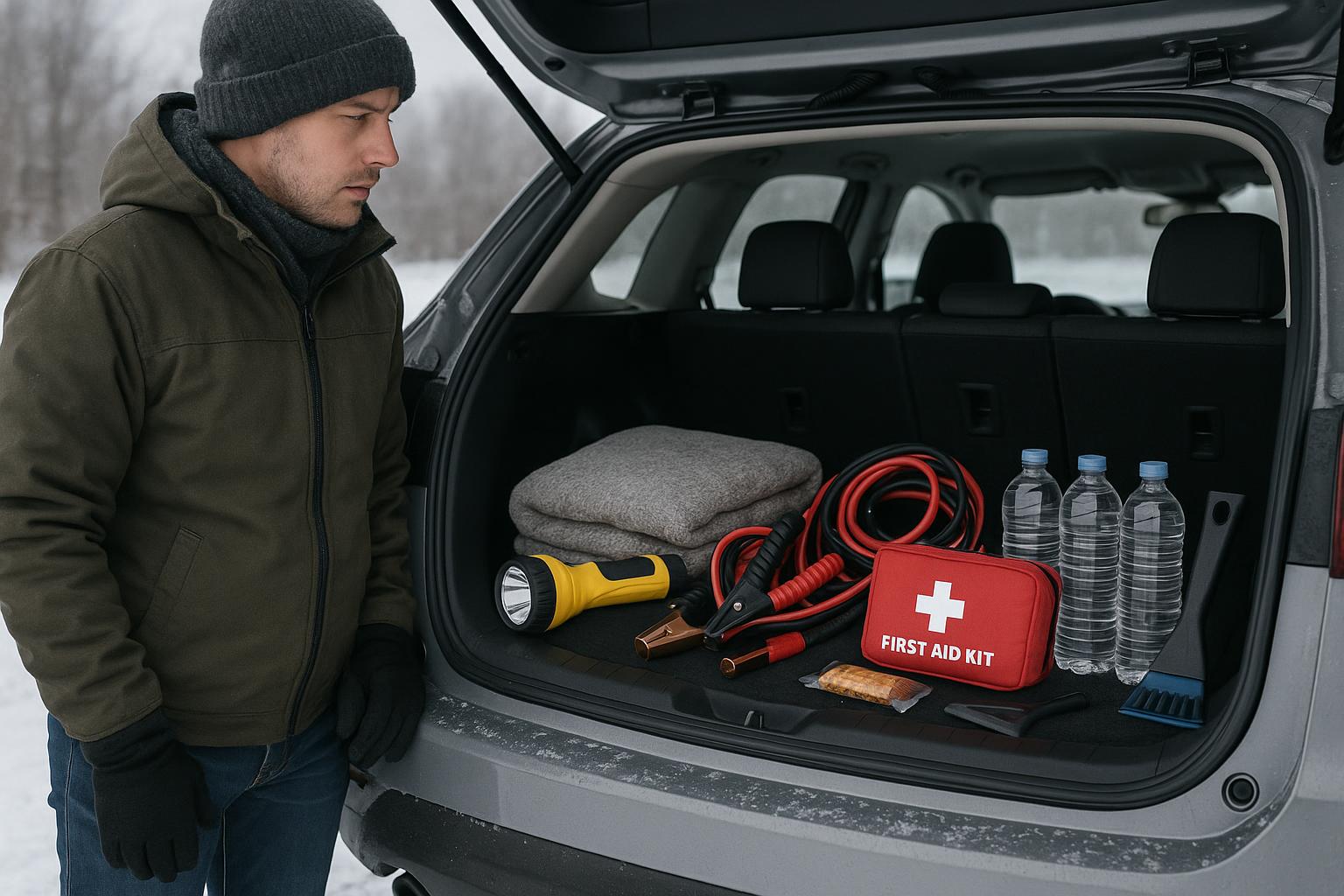Message from the President:
If the OSHA inspector shows up tomorrow are you prepared? Most companies are not prepared and if you follow this practical guide your visit should go much smoother:
When the inspector arrives:
- Alert designated point of contact: (identify key individuals to be on alert – Typically HR Manager has the face-to-face initial contact – alert the GM, key Production Manager/Director, and possibly the Controller)
- Ask to see the inspector’s credentials and verify them by calling your local OSHA office.
- Ask the inspector what the scope of the visit is regarding and only take them to the specific area/equipment they are here to address/inspect.
DON’T: Be afraid to ask OSHA to wait if your designated point of contact is off-site.n Let the team know of visit (they can perform a quick audit/walk-through while the opening conference is going on to make sure everyone is wearing their required PPE and areas are cleaned-up).
Opening Conference:
- DO: Ask to see any written complaints that prompted the inspection.
- DO: Confirm and, if necessary, negotiate the scope of the inspection.n Plain view doctrine- we can be fined for anything seen as a hazard while traveling to point/area of interest. (EX: Should we walk them outside of building instead of through to get to area of concern?)
- DO: Require the inspector to follow all workplace safety procedures (hearing protection, safety glasses, etc.).
- DO: Identify areas of the workplace that might reveal trade secrets and confirm that photographs will be marked “Confidential.”
- DON’T: Don’t be a volunteer. Answer only the question asked.
- DO: Have all written policies and procedures organized and ready to review at all times
- DO: Have OSHA Logs for the last 4 years available and ready to view at all times
Make these notes ahead of time to eliminate confusion at the time of inspection:
Copies of all final year OSHA logs are located in __________________ office marked “Safety”. Osha will only ask for the last 4 years. In same drawer should be files of any testing (air/noise) conducted. Current year log is kept up to date and is in ________________ (See HR for printed report) Safety Programs and Polices are found in a binder in _____________. SDS sheets are also stored electronically _______________ under _______________. All safety concerns/action items maintenance requests are located in _______________.
Inspection/Walkaround:
- DO: Allow inspectors to take pictures, measurements, or samples (paying attention to trade secrets).
- DO: Mirror the OSHA inspector’s investigation.
- DO: Remember the scope of the investigation and direct the inspectors only to the area they are addressing.
- DO: Immediately correct (abate) unsafe conditions observed during the inspection, if possible and make sure the inspector is aware the condition was corrected. Photograph before/after.
Mirror the OSHA officer’s inspection:
- Take the same Photos
- Take the same Measurements
- Evaluate and make notes of Industrial hygiene measurements taken (I.E., noise levels in a specific area)
Take Notes:
- Comments made by OSHA officers
- Employee interactions
- Requests for records
Interviews:
- DO: Prepare management employees, if possible.
- DO: Know that OSHA may interview hourly employees (10% of workforce) in private.
- DO: Ask to participate in any management employee interviews and take good notes.
Document Requests:
- DO: Ask OSHA to put requests in writing.
- DON’T: Demand a subpoena.
- DO: Make sure that records produced are complete and accurate.
- DO: Keep a list and copy of all documents produced.
Closing Conference:
- DON’T: Admit to violations or recognize alleged hazards.
- DON’T: Attempt to argue or settle citations with the inspector during the conference.
- DO: Take good notes during the conference.
- DO: Ask questions about the specific standards being cited and citation classifications.
If you help with OSHA compliance and preparing for the inevitable OSHA visit, call Three Sixty Safety at 586-778-9900 to learn more about how we can help prepare your company.



